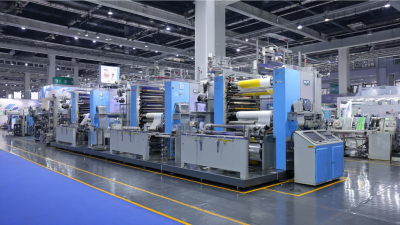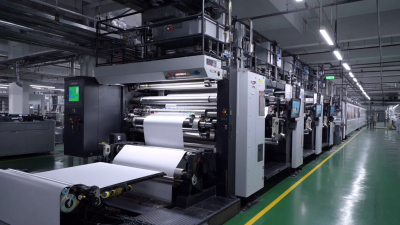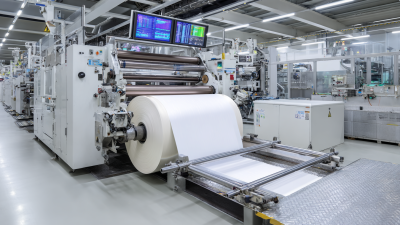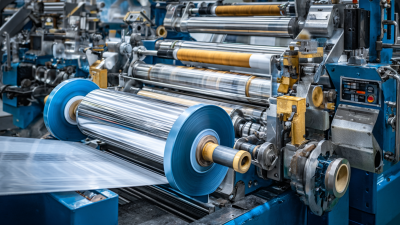Leave Your Message
-
Phone
-
Whatsapp
-
E-mail
In 2023, businesses across various sectors are increasingly recognizing the transformative potential of the Automatic Die Cutting Machine in enhancing production efficiency. According to a recent industry report by Smithers Pira, the global die cutting market is projected to grow significantly, with an anticipated CAGR of over 4% from 2022 to 2027. This uptick is largely attributed to advancements in automation technology, allowing for faster setup times and greater precision in cutting processes.
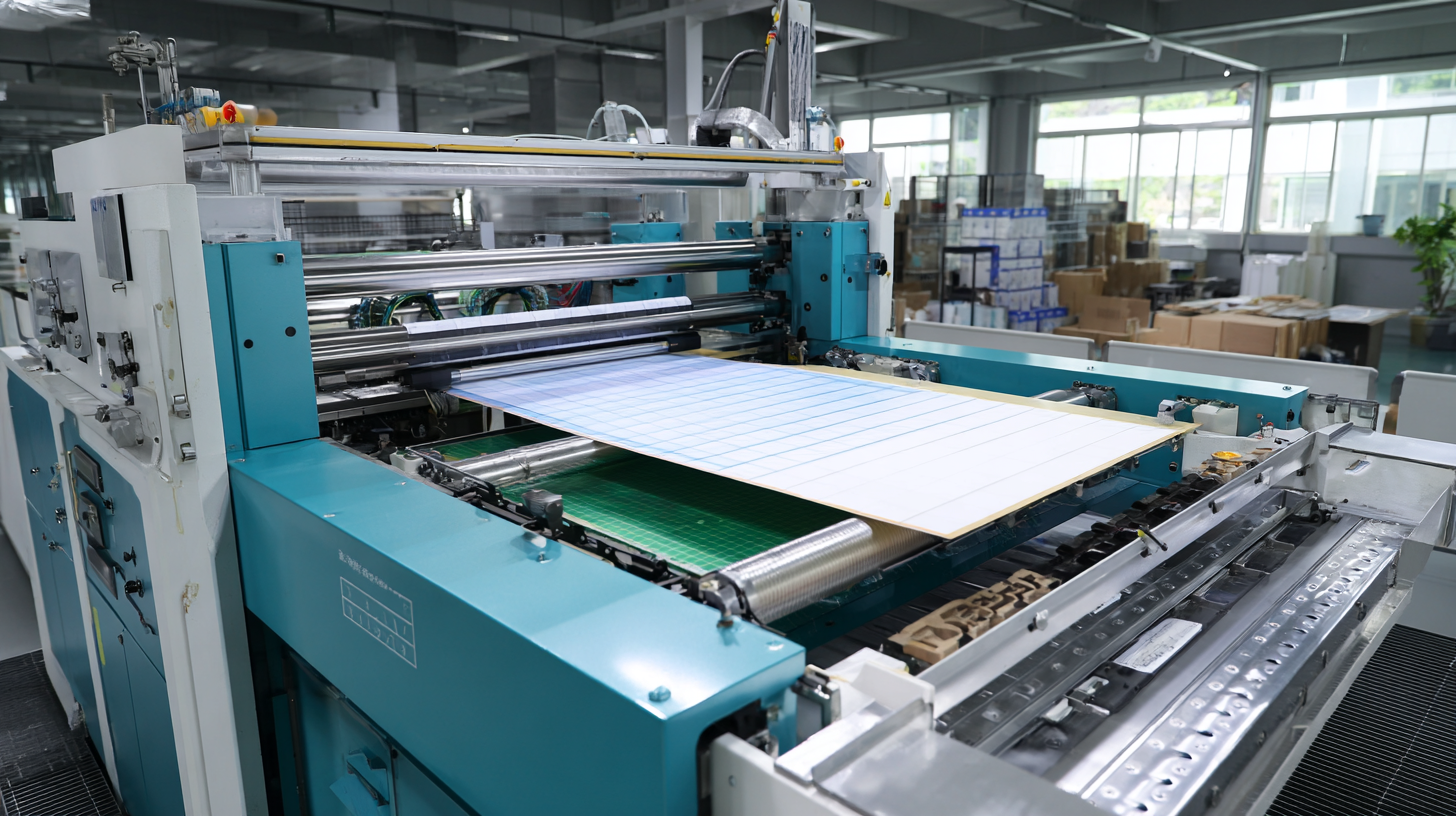
Furthermore, a survey conducted by the Packaging Machinery Manufacturers Institute (PMMI) highlighted that over 30% of manufacturers reported improved operational efficiency after integrating these machines into their workflows. As companies strive to meet rising consumer demand while maintaining cost-effectiveness, the adoption of Automatic Die Cutting Machines is fast becoming a pivotal strategy for achieving competitive advantage in production capabilities.
In 2023, automatic die cutting machines are at the forefront of transforming production efficiency across various industries. Recent advancements in these machines have addressed the increasing demand for high-quality products produced within tight timeframes. With the global cutting and bending machine market projected to expand from USD 10.2 billion in 2025 to USD 20.3 billion by 2035, the integration of automated die cutting solutions has become essential for manufacturers aiming to enhance their operational capacity.
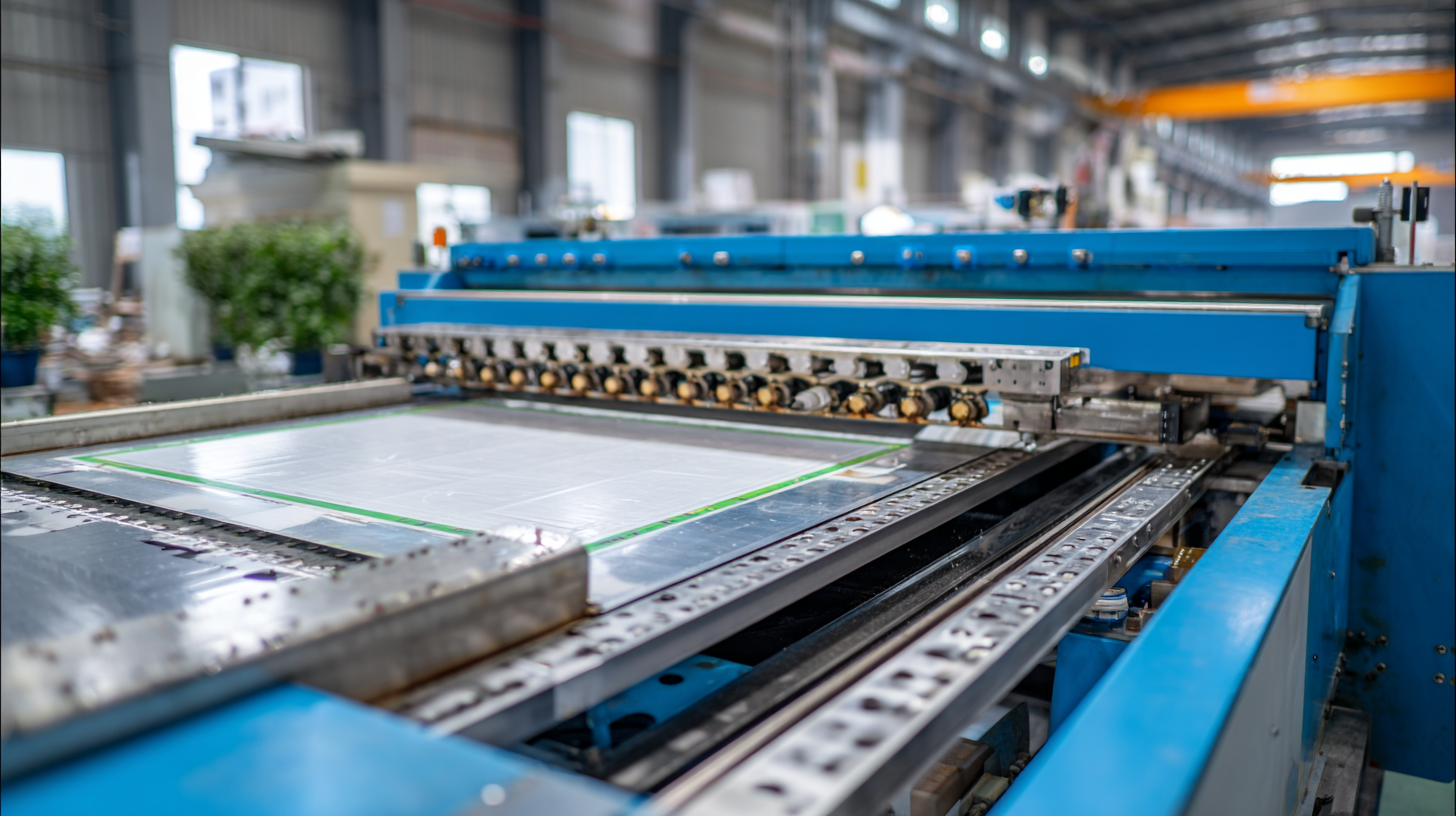
Companies like Nithya Packaging are adopting automated die-cutting systems designed to meet rigorous industry standards while maximizing productivity. These die-cutting machines are equipped with advanced features that significantly streamline workflows, enabling manufacturers to handle complex cutting tasks with precision and speed. As businesses increasingly turn to automation to stay competitive, the incorporation of automatic die cutting technology not only drives efficiency but also supports the overall goal of reducing production costs, thereby improving profit margins in a rapidly evolving market.
In 2023, the adoption of automatic die cutting machines is proving to be a crucial innovation for companies looking to streamline their production processes. The shift from manual to automated systems not only enhances precision but also significantly reduces operational costs. As industries increasingly prioritize innovation, many are integrating advanced technologies that allow for quicker turnaround times and less waste, directly impacting their bottom line.
Recent reports indicate that organizations focused on automation can achieve substantial cost savings. As noted in the CPG industry, investments in automated solutions are not merely cost-cutting measures; they are seen as essential strategies for enhancing productivity and responsiveness to market demands. Automation facilitates better resource management, minimizing labor costs and reducing errors associated with manual processes, which translates into increased profitability. The trend highlights the necessity for industries to embrace automation as a means of locking in efficiency and fostering sustainable growth.
| Industry Sector | Cost Savings (%) | Production Time Reduction (%) | Waste Reduction (%) | Return on Investment (Months) |
|---|---|---|---|---|
| Packaging | 20% | 25% | 30% | 8 |
| Textiles | 15% | 20% | 25% | 6 |
| Automotive | 18% | 22% | 28% | 7 |
| Electronics | 25% | 30% | 35% | 5 |
| Construction | 12% | 15% | 20% | 10 |
The advent of automatic die cutting machines in 2023 has fundamentally altered the dynamics of labor management within manufacturing settings. These machines not only enhance precision and speed in production processes but also reduce the manual labor required. As a result, companies are witnessing a shift in workforce roles, where the focus increasingly emphasizes skill development over repetitive tasks. Workers are encouraged to engage in more strategic functions, such as
machine monitoring,
quality control, and
maintenance, leading to a more skilled workforce.
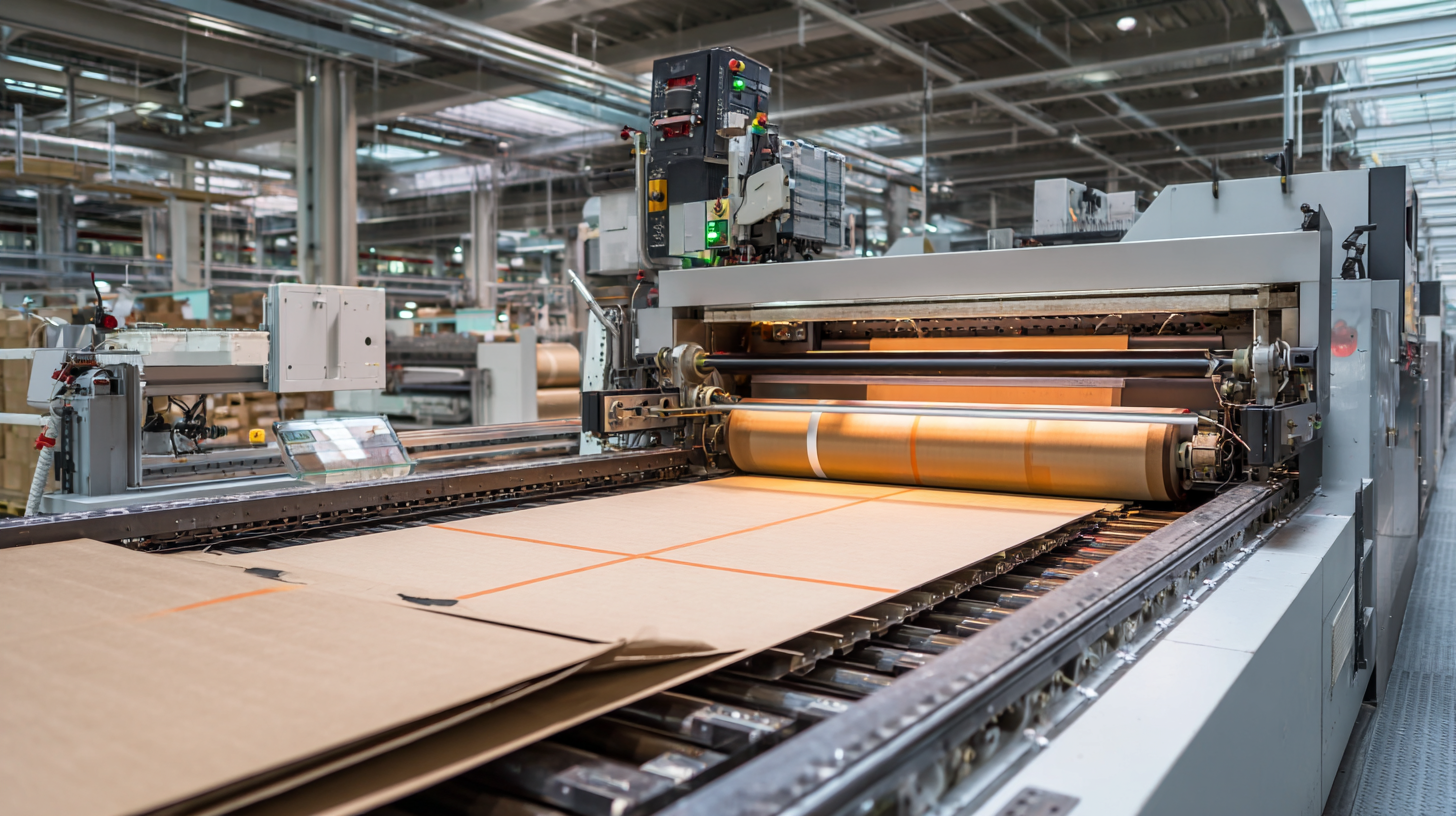 Moreover, the integration of automation in die cutting fosters a more collaborative environment between human workers and advanced technology. This synergy allows for better labor allocation, with human resources being utilized for tasks that require critical thinking and creativity, rather than time-consuming manual labor. Consequently, businesses can achieve higher productivity rates while simultaneously investing in their employees' growth and adaptability. The impact of die cutting automation ultimately reshapes workforce dynamics, promoting a culture of continuous learning and innovation in the manufacturing industry.
Moreover, the integration of automation in die cutting fosters a more collaborative environment between human workers and advanced technology. This synergy allows for better labor allocation, with human resources being utilized for tasks that require critical thinking and creativity, rather than time-consuming manual labor. Consequently, businesses can achieve higher productivity rates while simultaneously investing in their employees' growth and adaptability. The impact of die cutting automation ultimately reshapes workforce dynamics, promoting a culture of continuous learning and innovation in the manufacturing industry.
In 2023, technological advances in die cutting machinery have played a crucial role in enhancing precision across various industries. The integration of digital manufacturing technologies has not only streamlined production processes but also significantly improved the quality and accuracy of die-cut products. Companies are increasingly adopting automatic die cutting machines that incorporate innovative features, such as advanced sensors and AI-driven software, to achieve finer tolerances and reduce waste, ultimately driving efficiency and productivity.
Events like Labelexpo Southeast Asia 2025 are set to showcase these cutting-edge developments, offering an extensive preview of state-of-the-art equipment that can revolutionize the label and packaging sectors. The emphasis on precision engineering in die cutting is more critical than ever, as businesses seek to differentiate themselves in a competitive market. As the demand for high-quality, customizable products grows, these advancements position automatic die cutting machinery as essential tools for manufacturers looking to meet global standards while optimizing their production capabilities.
Automatic die cutting machines have transformed various industries by enhancing production efficiency and precision. In the packaging sector, for instance, a leading company implemented state-of-the-art die cutting technology, significantly reducing material waste and improving turnaround times. This innovation allowed them to meet the growing demand for custom packaging solutions, enabling the company to stay competitive in a rapidly evolving market.
Similarly, the automotive industry has also reaped the benefits of adopting automatic die cutting machines. A major manufacturer utilized these machines to streamline their production of intricate components, resulting in a 30% increase in output. The precision of automatic die cutting not only improved the quality of parts but also minimized the risk of errors during assembly. This shift to automation has positioned the company to better respond to fluctuating consumer demands while maintaining high standards of quality and efficiency.
